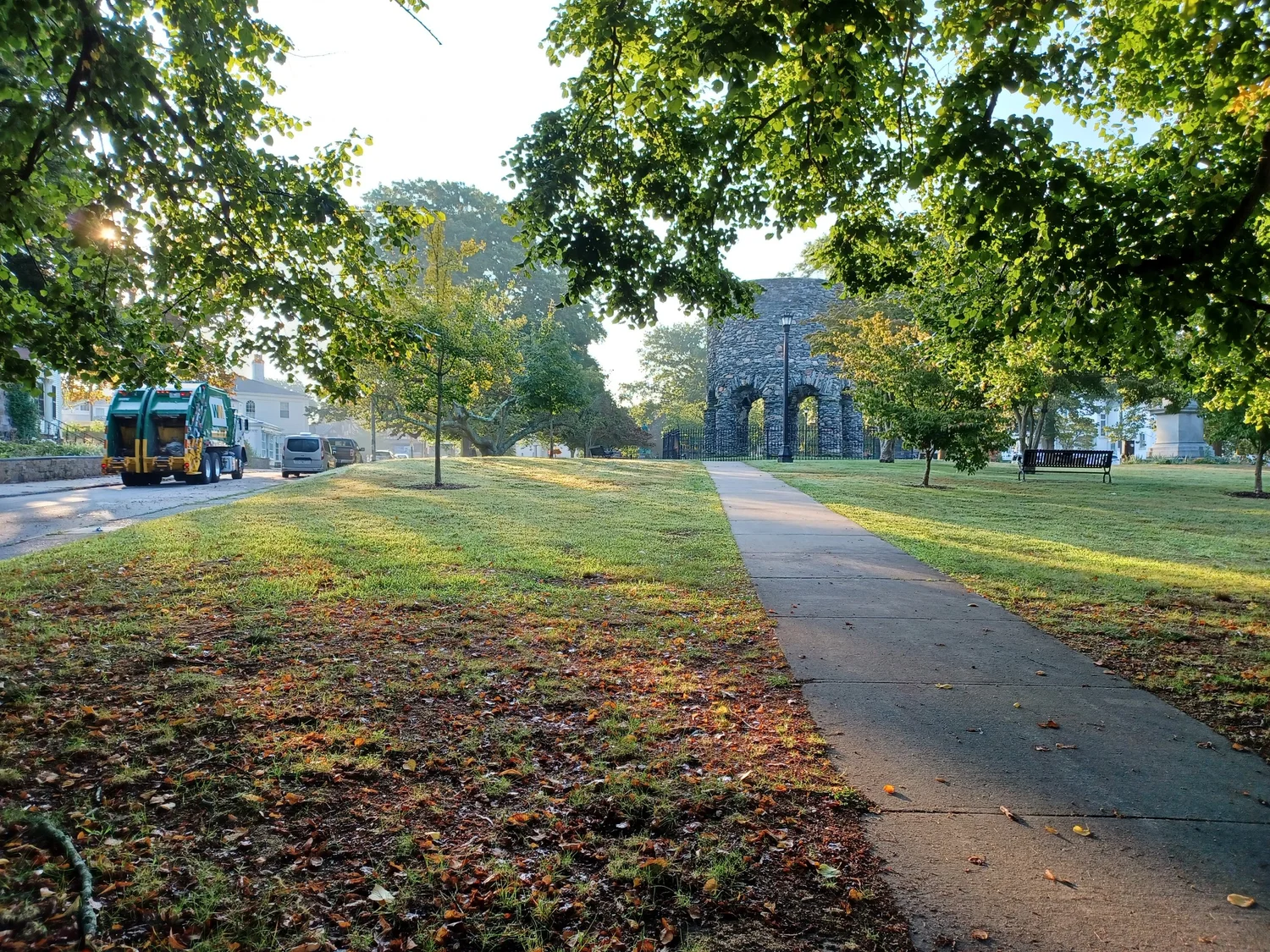Mapping Compassion
/From Missouri to my alma mater in New Haven, young people feel constant waves of inadmission. Whatever you think of the facts in campus cases recently, you must take seriously the idea that an urban form designed for debate has consistently yielded fear and disbelief.
I'm not going to engage with questions of free speech or university culture here- others have taken up that debate well. (Read my friend and sometime editor Mark Oppenheimer here.) I do want to call attention to the fact that campus designs historically sing out about free debate and public equality and all that dizzying stuff that reads like BS to too many people. Quads and halls and statues, in theory, encourage the kind of introspection that youth have engaged in here. So tions of being mocked or edged out, campuses are in some way failing.
It might have to do with the kind of stress that students perceive today- that of a world where the job market, the national mission, and the climate give the lie to the claims of order and knowability that the campus form celebrates. We might be seeing racism of a hatefully off-the-cuff sort take root because in times of uncertainty, the idea that people in authority are insisting that all is in order becomes mockable. And when disorder seems to be holding sway, it's too easy to slip into hateful and incorrect ideas about how to sort the world around you.
Much ought to change at Missouri, Yale and anywhere else that judging people by race goes on without strong rebuttal. And it may be that one change should come in the form of the campus itself. A campus with more group-designed public spaces and more places where different groups have to mix without planning to (say, a communal umbrella stand in New Haven) might expose the poison of racism more quickly and more broadly than the lawns and arches designed to let Reason drown that poison in good time.
